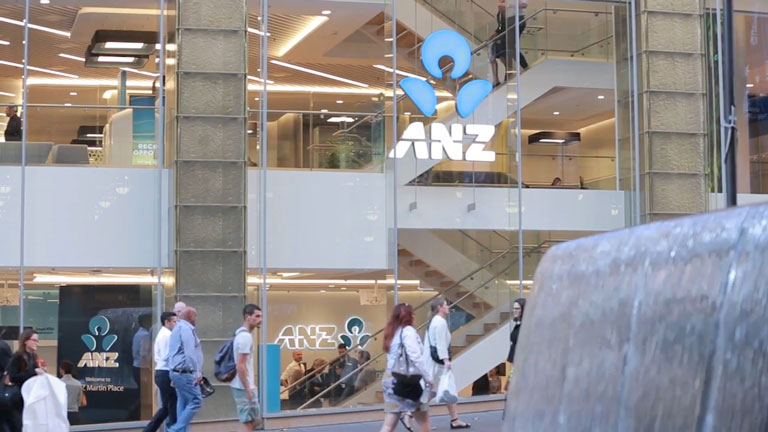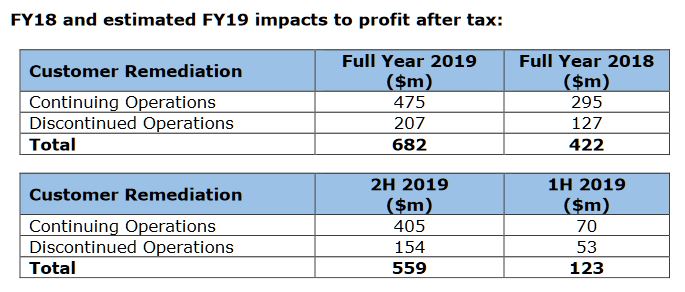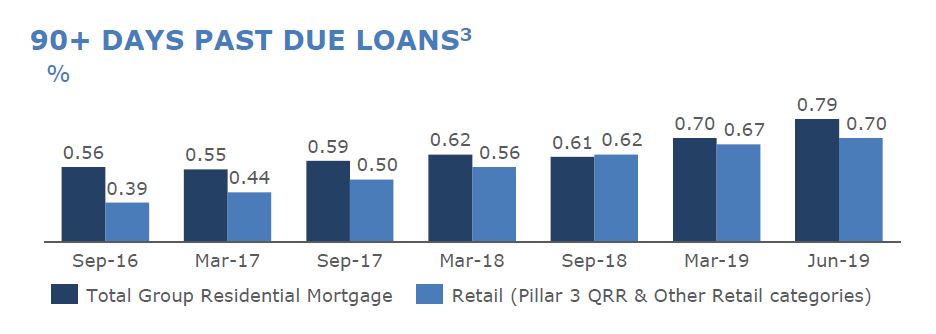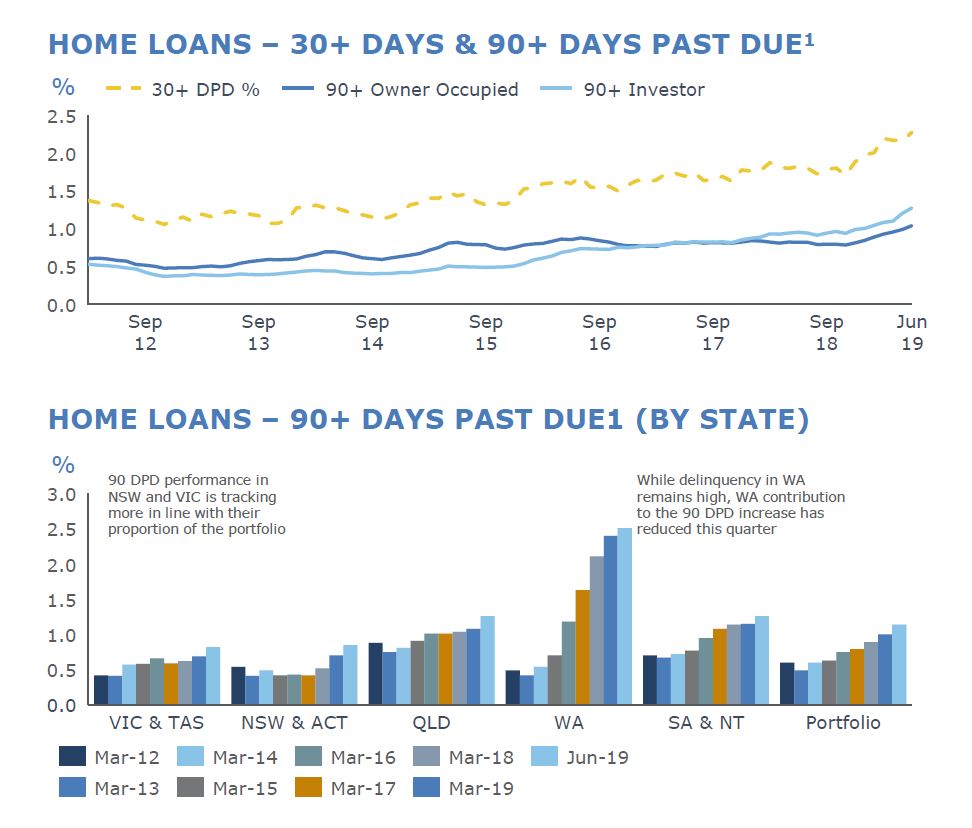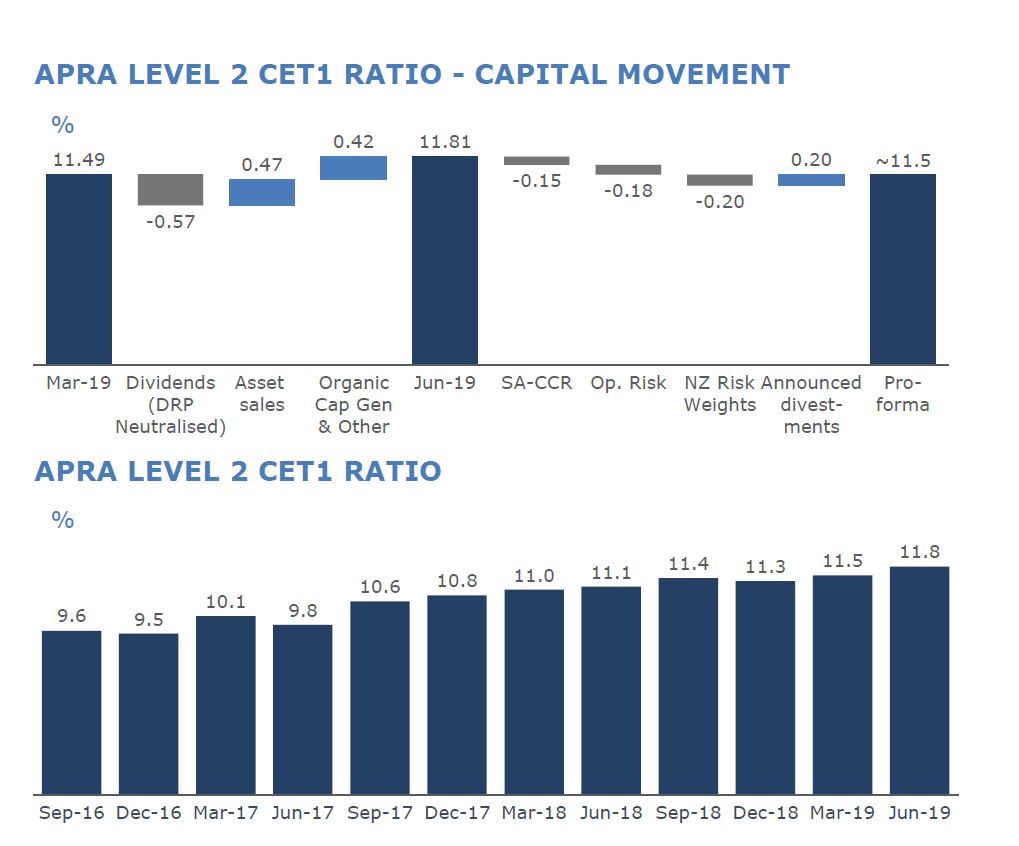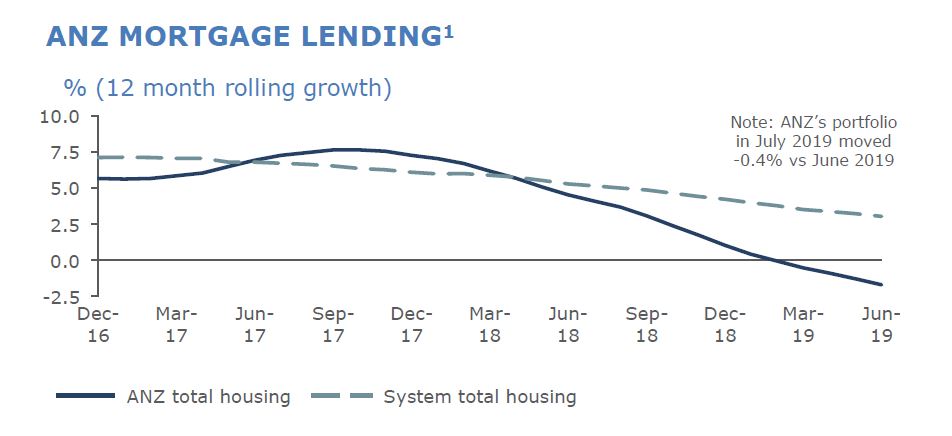The chief executives of the big four banks have doubled down in defence of their mortgage pricing decisions after being accused of profiting off a “loyalty tax” imposed on customers. Via The Adviser.
Appearing before the House of Representatives standing committee on
economics on Friday (15 November), NAB chairman Philip Chronican and ANZ
CEO Shayne Elliott denied that the banks have been “profiting from
inertia” by charging existing mortgage customers higher rates in a lower
rate environment.
Deputy chair of the committee and Labor MP Andrew Leigh accused
the banks of imposing a “loyalty tax” on existing borrowers, which do
not receive rate discounts offered to new customers.
In response, NAB chairman Philip Chronican said there were a range of
factors influencing the bank’s pricing decisions, adding that the level
of discounting on a particular loan was determined by the
characteristics of the credit contract.
“On our variable rate mortgage products, we charge different rates
for different products for a whole range of reasons,” he said.
“The overwhelming majority of our variable mortgage rate customers,
in fact, 97 per cent, have discounts below the standard variable rate,
and each of those discounts are set with reference to the riskiness of
the loan, the size of the loan, and the combination of business that the
customer brings in.
“The discount is for the life of the loan, unless of course the
customer, at their discretion, comes back and wants to reunite with us
or refinance with another organisation if they can get a better deal.”
Mr Chronican said that in light of cuts to the cash rate, the bank has offered existing customers reviews of their home loans.
“We offer all of our customers a review of their mortgage and have
called all of our customers over the past 12 months, asking if they’d
like a review of their mortgage,” he said.
“In the month of October alone, 15,000 customers took advantage of that and we increased the discount on those.”
However, deputy chair of the committee Andrew Leigh pressed Mr
Chronican, asking: “Why is it that customers have to respond to a
request for a review rather than simply receiving the same rate as a new
customer would get? Aren’t you profiting from inertia?”
To which Mr Crhonican responded: “It doesn’t exactly feel like that. It’s a competitive market to get new business.
“We are accurately conscious that we want to retain our customers,
but as I’ve explained, the differences are not as great as many people
make them out to be.
“We compete at a point of time to get a customer, and we quote a discounted rate to get them and be competitive.”
He conceded: “We are conscious that overtime, those rates become
uncompetitive, but [it’s] hard to have an individual negotiated rate if
everybody has to get the same rate.”
Meanwhile, ANZ CEO Shayne Eliot flatly rejected claims that the bank
has been charging a loyalty tax, also citing competitive pressures.
“I don’t accept the concept of loyalty tax. What we do is we
competitively priced our products every day to offer the best price that
we can for the services that we provide,” he said.
“Given the nature of our products, you will no doubt be referring to
that there is a difference between what is known as the front book and
the back of book; the pricing that we charge a new customer today versus
the customer yesterday, or previously.
“But we don’t impose a tax. It’s an outcome of a highly competitive well-functioning market.”
When asked if it was “unusual” to charge customers different prices for
the same product, Mr Elliott said: “Well, it’s not the same product,
with respect. A mortgage today is not the same as a mortgage tomorrow or
week ago.
“We price mortgages on the day based on the environment they’re in,
the cost of funds on that day, the risk environment on that day and the
competitive environment on that day, so I’m not sure that they are
equivalent products.”
Scrutiny over the pricing behaviour of the big banks recently
intensified following their failure to pass on the RBA’s full 25 basis
point cuts to the cash rate.
This triggered Treasurer Josh Frydenberg to commission the Australian Competition and Consumer Commission (ACCC) to conduct a Home Loan Price Inquiry. The inquiry will review pricing behaviour from 1 January 2019 to examine:
- the differences between advertised rates and the prices actually charged or paid;
- the differences between rates paid by existing customers and those
paid by new customers (front and back book pricing behaviour);
- pricing decisions in response to changes to the official cash rate; and
- factors preventing customers from switching to cheaper home loans.
In exploring these matters, the ACCC will consider consumer decision
making and biases, information used by consumers, and the extent to
which lenders may contribute to consumers paying more than they need to
for home loans.

